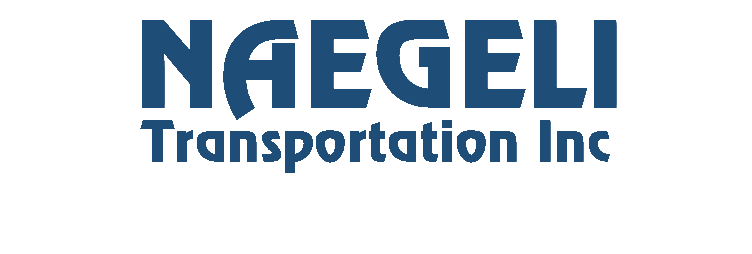Old Dominion Freight Line Inc. has sent a message to truckload carriers that want the LTL operator to haul their so-called spillover freight: Don’t call us and we probably won’t call you.
Like many LTL carriers, Old Dominion (NASDAQ:ODFL) isn’t wild about accepting heavyweight loads that, for whatever reason, cannot find a place on a truckload carrier’s network at a specific moment in time. Truckload spillover freight represents a small slice of Old Dominion’s $1.32 billion revenue pie it baked in its second quarter, the results of which were made public Wednesday. Still, Old Dominion sees no reason to tie up precious capacity at the expense of LTL shippers that are the core of its business.
The spillover freight is transactional in nature, not the kind of business that Old Dominion embraces. “Here today and gone tomorrow” is how CFO Adam Satterfield described it on an analyst call to discuss the company’s second-quarter results. For that reason, Old Dominion turns over the truckload traffic to its brokerage division for coverage.
The need to preserve LTL shipper relationships has been amplified by near-unprecedented market conditions. After plunging during the first four months of the pandemic as industrial activity fell, demand has returned with a vengeance. In addition, Old Dominion is operating at historically low levels of excess capacity.
That combination, along with supplier delays in receiving new equipment, forced Old Dominion to increase its use of purchased transportation in the second quarter to the equivalent of 3.3% of revenue compared to the historical average of 2.2%. Purchased transportation is likely to stay at elevated levels for some time with demand strong and capacity tight well into 2022, Satterfield said.
Ironically, the truckload business played an important part in Old Dominion achieving an all-time record operating ratio of 72.3, meaning it spent just 72.3 cents for every dollar in revenue. LTL weight per shipment declined by 4% from the 2020 period due to reduced heavy-weighted shipments in its network. The decrease in weight per shipment, along with a 1.2% increase in its average lengths of haul, boosted Old Dominion’s yield metrics and created operating leverage that helped reduce costs as a percentage of revenue, it said.
The company had telegraphed a low-70 operating ratio several months ago, and experts like Amit Mehrotra, lead transport analyst at Deutsche Bank, had hoped to breach the barrier in the quarter, an event that once seemed incomprehensible in LTL.
Even at reported levels, an operating margin of 27.7% — the mirror image of the operating ratio — is unheard of in a sector of trucking that lives each day with high fixed costs that only continue to rise, especially with rising labor expenses and shortages quickly escalating. Satish Jindel, founder of SJ Consulting, said he’s never seen numbers like these in his four decades of involvement in LTL, especially coming with Old Dominion surrounded by cost headwinds.
For example, employee wages and compensation rose 9.9% in the second quarter, which appeared to be the largest year-on-year increase the company has experienced for any year-over-year period. Old Dominion hired 1,100 full-time employees in the second quarter and plans to hire an additional 1,000 in the current quarter, which is its peak quarter of the year. The pace of hiring should level off in the fourth quarter, according to company executives. In a nod to the company’s legendary efficiency, salaries, wages and benefits costs as a percentage of revenue actually improved to 46.4% from 51.4% in the 2020 quarter
Old Dominion expects daily revenue in July to rise by 35% over 2020 levels. The company faces tougher comparables in August and September because those were the first two months of an upturn in traffic following four months of revenue declines as the pandemic severely curtailed the industrial activity that is the LTL industry’s bread and butter.
President and CEO Greg C. Gantt said that pricing trends remain very favorable and that adjustments in the contract renewal process are “better than we experienced to this point.” Old Dominion does not plan to announce any general rate increases during the remainder of 2021, Gantt said.
Old Dominion, which operates 248 service centers, has 35 to 40 more locations on the drawing board, Satterfield said. He noted that few, if any, LTL carriers are investing in new or expanded facilities, leaving a big growth path for Old Dominion, which has expanded dock door count alone by 50% over the past 10 years. The company estimates that it has a 10 to 11% share of the overall LTL market.
The company’s board of directors approved a share repurchase plan that authorizes the buyback of $2 billion of stock. The new repurchase program, expected to begin after the current $700 million buyback plan is completed, would be funded out of free cash flow and cash on hand, the company said.
